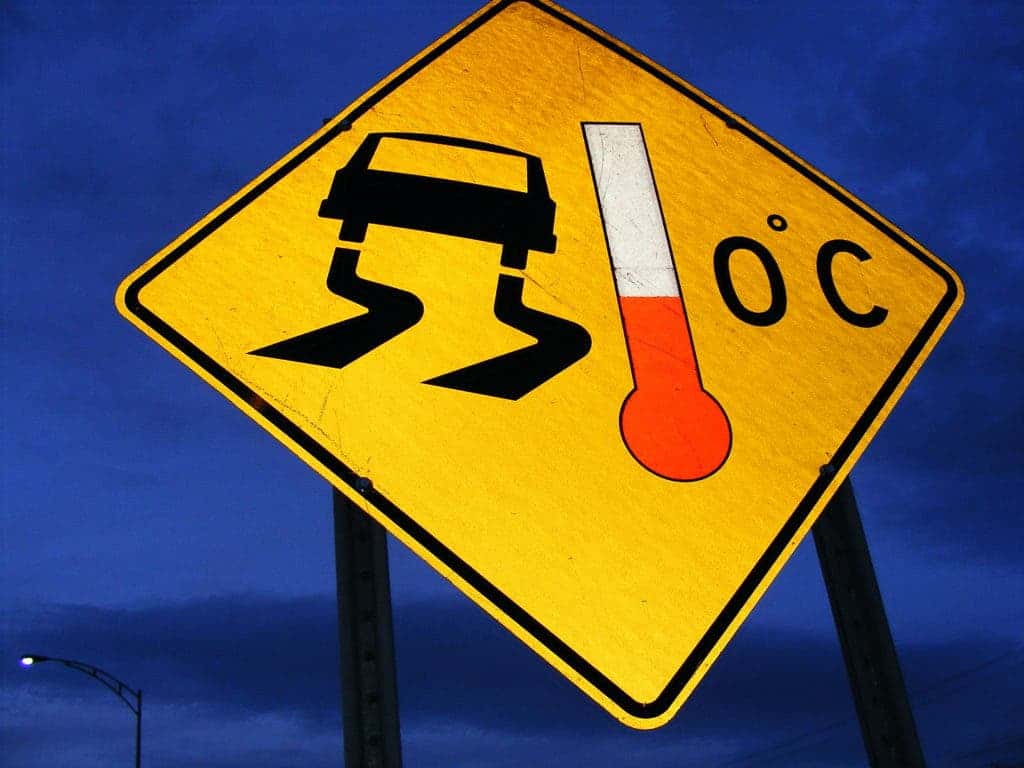You might have not even heard about it, but black ice can be quite dangerous on the road. Now, researchers from Finland have developed a system which, they say, allows drivers to detect it in real time and adjust their driving accordingly.

Black ice, sometimes called clear ice, is a thin sheet of ice on a surface, especially common on roads and bridges. According to the World Meteorological Organization, it is “a thin ice layer on a fresh or saltwater body which appears dark in colour because of its transparency.” As the WMO says, it’s not really dark, it’s transparent, which makes it seem dark on the surface of the road.
It tends to form on relatively dry roads and the fact that you can’t really see it makes it quite dangerous. For walkers, this introduces a risk of slipping, and for drivers, it significantly increases the risk of skidding and subsequent accident due to the unexpected loss of traction. Some newer car models feature some detection and warning systems, but scientists from VTT Technical Research Centre of Finland believe they can revolutionize such detection systems.

The system they designed allows slippery road conditions to be detected extremely accurately, and at much lower costs than currently existing warning systems. It’s easy to implement, it can be installed as a part of software already existing in the vehicles, and it can also benefit cars which don’t even have the system, as long as they are capable of data sharing, and are equipped with a tracking system. In other words, cars with the physical detection system can also communicate the information to other cars, issuing warnings in real-time or even before — to help plan routes and avoid streets with icy patches.
“The driving optimization system we have developed is the only one capable of recognizing the driver’s input in economical driving, taking also into account factors independent of the driver, such as weather conditions, traffic jams and vehicle-related differences,” says Jarmo Leino from EEE Innovations Oy, the company that developed the service.
Researchers say that this could not only make the roads safer, but they could also help reduce consumption during cold spells. Their pilot data showed that savings up to 20% in fuel consumption can be reached, in addition to improved road safety.
So far, the technology is only offered for heavy traffic use and is tailored for truck fleets, but Leino says that they will expand it to private drivers in all parts of the world.
“Our goal is to make all heavy vehicles moving slipperiness sensors and to refine the gathered data into valuable information, to benefit all traffic users and other parties,” Leino concludes.


